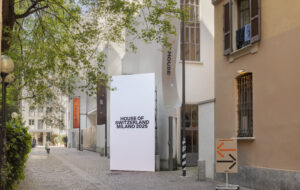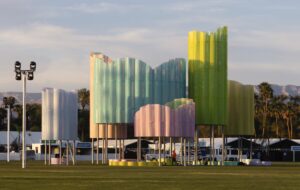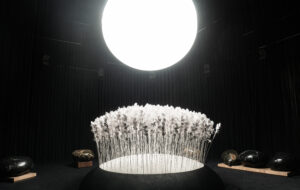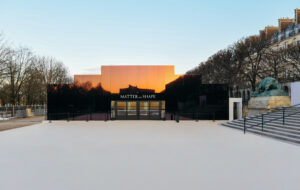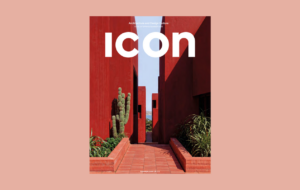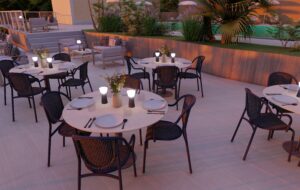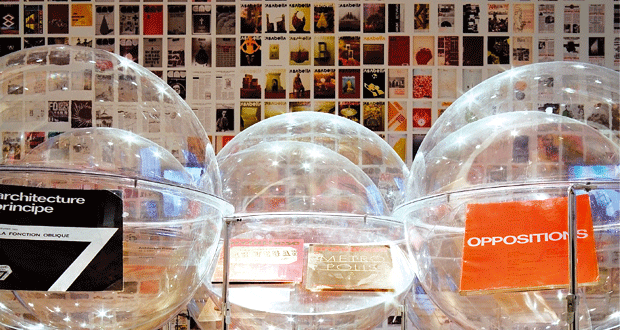
words Beatrice Galilee
“Dear Architects, I am sick of your shit.” Annie Choi’s open letter to Princeton University magazine Pidgin is probably the most widely read article in any architectural publication of 2007. It has since been blogged within an inch of its life, emailed, translated, printed out and pinned onto the walls and noticeboards of architecture studios and university departments around the world. But it was written for a university magazine with a print run of less than 1,000.
Not that Choi’s witty rant on architectural culture is mandatory reading, but it’s interesting that the magazines on display at London’s Architectural Association – experimental publications from 1963 to 1970 – could never achieve through xerox and lithographic printing the readership that the internet makes possible.
The walls of the AA’s exhibition space were plastered with spreads and covers from these magazines. But it was disappointing that the few full issues on show were displayed in plastic “time capsules”. This device was good for preserving these ancient (yes, an entire 40 years old) treasures but it was disappointing not to be able to scrutinise them.
So, what of the content? A few photocopied examples were around to flick through, yet the bulk of the exhibition could easily have been seen from my laptop – almost the whole show is available online. A room full of front-cover posters and small snippets of biographical information suggests a rather cynical decision – are front covers all that we need to consume?
The show’s curator, Beatriz Colomina, is a cult figure – her book Privacy and Publicity argued that the definitive characteristic of architecture is interpretation, and so criticism, imagery and writing – as displayed here – are architecture too. In this sense, the show must be understood as a demonstration of Colomina’s thesis: mass media is the forum for the production of modern architecture. The magazines here include the work of architects and writers alike – from Steven Holl and Peter Eisenman to Henri Lefebvre and Jean Baudrillard.
But the 1960s and 70s were also a time of political ideals, which is reflected not only in the content of the magazines, with discussions including “marxitecture” and Richard Seifert’s controversial Centre Point, but also in their names – two of them have the acronym ARSE (Architects for a Really Socialist Environment and Architectural Radicals, Students and Educators).
Today we are saturated with architectural production, particularly in the form of books, journals, magazines, and even television and film, yet little of it is politically engaged.
The vitality and diversity on display in Clip Stamp Fold warns us against today’s trend towards complacency and bowing to the cult of celebrity. Even Choi’s letter, playfully laughing at hideous glass towers, still idolises Rem. What magazine today is brave enough to publish a decapitated Koolhaas or a deflated Hadid – both could be seen as walking targets. Someone should try it – it would probably make it into the 2037 exhibition on the prolific architectural production of the early 21st century.
However, a host of current publications and blogs show that the avant garde is not yet dead. The word is that 1980s magazine 9H will make a comeback. The journals Log and Grey Room and a group of highbrow blogs – Kazys Vernalis, Aggregät 4/5/6, Schneiderism, Things Magazine and Tropolism – all contribute to a healthy intellectual climate. It’s true that we don’t have the radical output of the Sixties, but what we do have is unprecedented access. So when people do have something to say, there’s an online readership of millions in waiting.
Clip Stamp Fold: The Radical Architecture of Little Magazines was at the Architectural Association School of Architecture, London
9 November – 7 December
image Andrew Penketh


